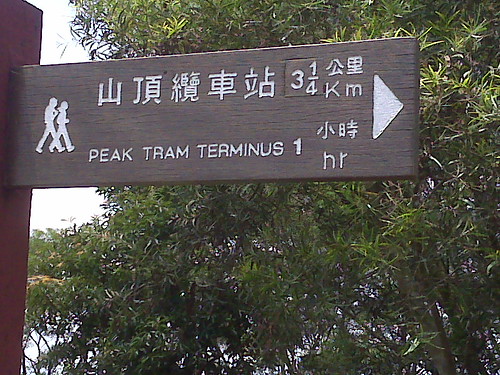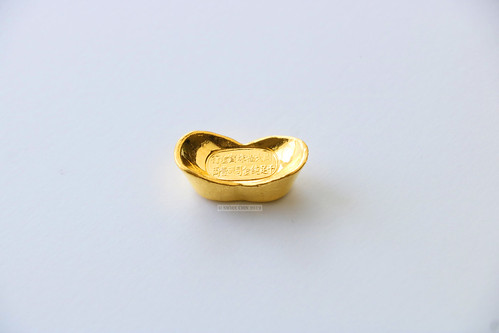5 minutes estimated reading time
The train of thought to this post about Hong Kong measurements started with a friend’s class learning do-it-yourself skills. I had rented an apartment when I lived in the city and had no need to do home repairs myself. I wondered past hardware stores, saw metric drill bits and rules.
Metric
My supermarket-bought groceries had their measurements on in metric. Hong Kong measurements go back to history and culture. I knew more about traditional measurements from traditional Chinese medicine shops and period Hong Kong cinema than the local ‘wet’ markets.
I didn’t drive, but the speed limits were all in Km/H like Ireland. Pedestrian signs for the most part didn’t need distances because everything is so compact and the public transport so good.
If I had driven, I would have seen distances in kilometres on the expressway. In fact, the only time I can remember using distances on pedestrian signs were on hikes like this one below, with distances in kilometres and approximate time that the walk should take.
What became apparent in my discussion that that Hong Kong measurements are more complex than would appear at a cursory glance.
Inches and pints
The method of instruction in the do-it-yourself was predominantly imperial measures with a metric equivalent being secondary. Timber could still be provided in 2×4 inch planks. Both imperial and metric drill bits were available to buy.
You could order a pint, though like many other countries, you will be served a 1/2 litre glass in most bars.
The laws governing weights and measures in trade is covered by the Weights and Measures Ordinance. This was drafted in 1988, came into force in 1989 and has been amended for formatting since. The related Weights and Measures Order of 2021 added US units were different alongside imperial measures, metric and traditional Chinese measurements. Though this seemed to be for reference, rather than encouraging the active use of American measures in Hong Kong. American products usually come with the equivalent metric sizing for items like drinks cans volume.
Taels and Cattis
Hong Kong uses Chinese traditional measures alongside more standard measures in certain markets – from fresh produce bought in the ‘wet’ markets to sales of gold and silver.
Before I had got to Hong Kong I had hear of taels and cattis. Taels is the traditional unit by which gold (and silver) had been sold amongst the wider Chinese community from Liverpool to Shanghai. If you’ve sat through enough old kung fu movies, you will have heard of a bounty or reward to be paid in taels.
However like other pre-Metric weights like hundredweights and tons; taels and cattis now mean different dimensions in different markets.
Hong Kong hews to the traditional weights and measures for this. Taiwan’s taels and cattis are more related to the measures of the Imperial Japanese empire. Taiwan may even refer to taels and cattis using different words. Mainland China went through a period of simplification during communist rule from Chinese characters to measures. Their taels and cattis are more aligned to metric measures.
Singapore struck much more closely to the metric system which it has adopted from 1968 – 1970. While traditional measures are included in the statutes for reference and fabric discussions still happen in terms of square yards, you will be charged for the metric measure. This was because post-independence Singapore had to make its own way in the world without the mother country of empire. China was closed off at the time and the city state had to think of its place in terms of global scale.
So why is this all important?
Measurements are essential to our points of reference in everyday life. The variance of points of reference can affect perceptions around attributes like value for money, or whether something is big or small. It affects how we think about tasks to be done or distances to be walked and things to be carried.
It can be a ‘grain of sand’ in the shoe level of dissonance, familiar, yet different. Rather like the average European pondering the American distance definition of ‘a block’. Our cities aren’t built on grid systems for the most part, so we don’t have the same feel for the measure. Speaking to a New Yorker friend; a block was considered by them to about a tenth of a mile. BUT, different cities have different sized blocks and it isn’t a formal definition. It’s a quintessential American cultural artifact and yet very inexact.
For a business there are additional factors to consider
- Complexity of regulations.
- Additional complexity in terms of product instructions.
- Descriptive copywriting and advertising claims.
- Pricing strategies and arbitrage opportunities. For instance, while Hong Kong gold might be duty free – does the differing weight from one’s home affect price considerations?
While Hong Kong is being reintegrated back into mainland China, even apparently small issues like measurement units could become political in nature.
As they are product of a unique history and emergent culture not shared with the mainland, rather like modern Hong Kong Cantonese. The Cantonese language evolved from being similar to that spoke in Guangdong province in the early 1960s to develop its own Hong Kong-specific idioms, lone words (from English, Japanese and South Asian languages spoken in the territory by minorities). Now with the increasing influx of mainland immigrants there is use of mandarin code switching added into the mix.
The use of multiple measures allows Hong Kongers and their businesses to be commercial ‘citizens of the world’ in their transactions. Hong Kongers have also taken these measures abroad. Going to a China town jeweller or pawn shop will allow you to buy gold taels, even though the weight on your receipt might be in troy ounces or grams.
Alongside Hong Kong-specific cuisine, the unique mix of measurement units may be its unique informal contribution to the world alongside archive films, long after the city becomes just another city in China.
More Hong Kong related content can be found here.
More information
The Weights and Measures Ordinance, Chapter 68, Laws of Hong Kong

